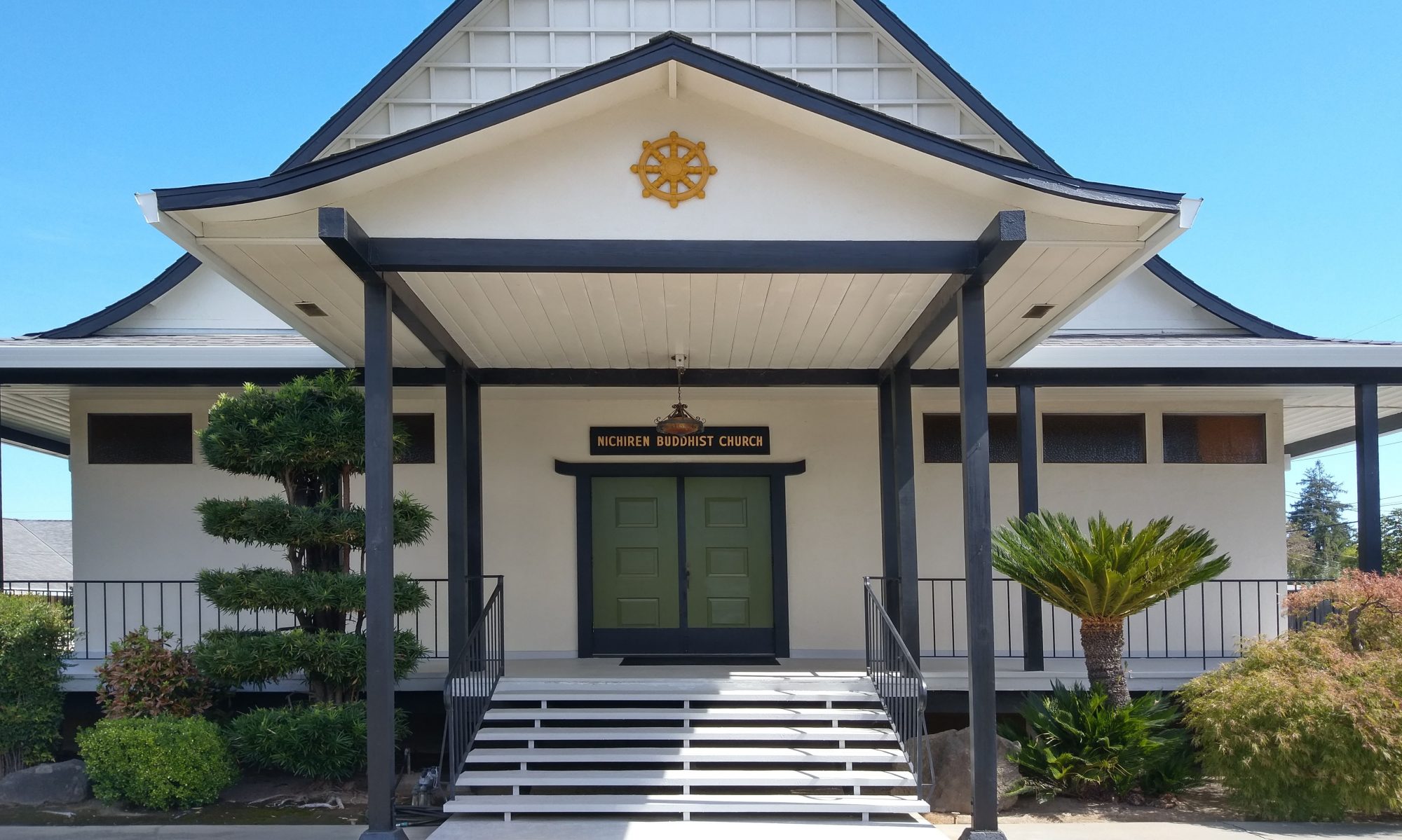Recently many religious communities have been frequently using the term “interface” to describe the notion and possibilities of merging doctrines and teachings of different religions. Is the frequent use of this term suggesting to us that maybe many religions need to somehow change in order to better adapt to the rapidly changing and advancing world? Does this mean that many religions need to find a way to unify? With this, we must consider the purpose of religion and its importance in our daily
lives.
Often through the news, we see instances of people forcing their own ideas upon others. Examples can be seen in politics in the form of capitalism and communism as well as in economics where different companies try to expand their business and fight over global power. In all instances, especially in the case of politics, we see that this can become a form of oppression. In such cases, people try to find a way out and understand what ultimately makes them happy. This is the same with religion. In the case of Buddhism, we are taught that all individuals are born into this suffering world; however, we are all trying to find some sort of happiness. However, how can people find happiness, while accepting the inevitable suffering (along with the Four Noble Truths and the Eightfold Path) in this world?
People cannot live life without concerns or problems. They want to live a healthy life, they need some money to survive, and they also want their family to live a life filled with happiness and joy. In such situations, they often rely on religion in the hopes of it helping them fulfill their wishes. Yet, it is also true that religious leaders of some established religions that have existed for several centuries or even thousands of years, believe that using religion for the sole purpose of attaining certain benefits is indecent. They believe it takes away from the fact that there is more to religion than just attaining benefits.
When I first came to the United States, there were only a few priests who had been properly trained to use kito (ritual prayer). This was because at the time, many priests believed that the only way of propagating Nichiren Shu was to focus on teaching the Nichiren Shu doctrine to both the members and the public. As a result, they believed that only the first 22 chapters of the Lotus Sutra (which consists of 28 chapters total) were most important teachings. Interestingly, the 23rd to 28th chapters focus on the benefits that could be obtained from accepting the Lotus Sutra as well as the Shoten-zenjin (protective deities). It is through kito that we learn of these chapters. Without learning or knowing about the existence of these chapters, would people continue to maintain faith in the Lotus Sutra?
Nichiren Shonin himself preached the importance of the Lotus Sutra during his time. However, he also used kito to pray for everyone’s happiness and well-being. Interestingly, the most prominent priests in the history of Nichiren Shu were all famous kito practitioners. In a way this could suggest to us the importance of one again focusing on kito as a way to aid in attaining happiness. It is also true that there are some Nichiren Shu priests who believe that kito is a shaman-like teaching that should not be propagated outside of Japan. It is such beliefs that have led to the misunderstandings behind the purpose of kito and its proper usage.
Many believe that the purpose behind religion is to pray for world peace and for your ancestors. Yet it is also important to focus on religion to help us find our own happiness in this present life. We cannot attain world peace without first obtaining individual happiness.
Ven. Kenjo Igarashi
July/August 2019
